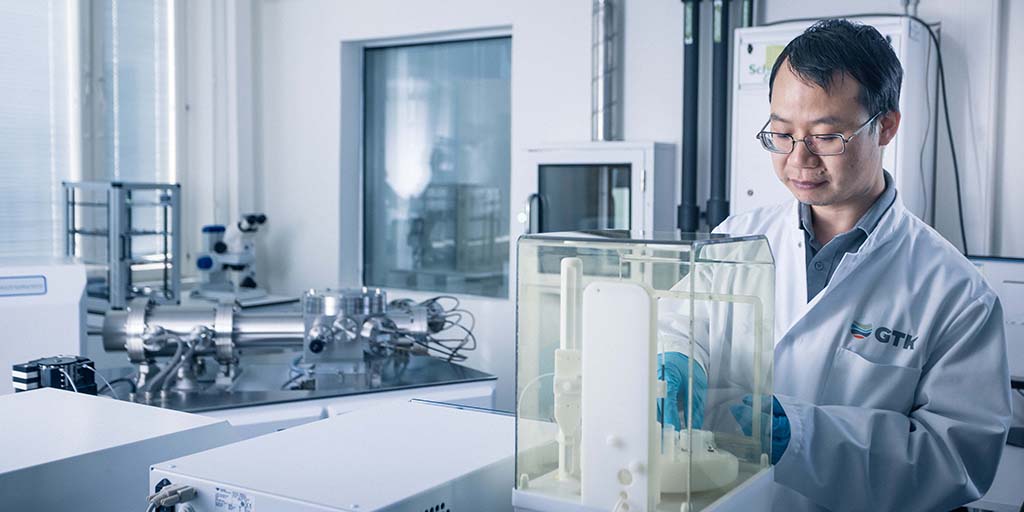Radiogenic isotopes and trace element analysis
Methods of isotope geology are basic tools of geological research, especially in dating bedrock and studying its development and geological processes. The most important dating method is U-Pb zircon, but a variety of other minerals and methods are used to study the origin and other geological processes of rock types.

The Espoo Research Laboratory uses several isotope geological research methods and equipment, the most important of which are the two laser ablation-equipped mass spectrometers: the Nu Instruments TM AttoM ICP-MS (LA-SC-ICPMS); and the Thermo Neoma MS/MS multi-collector ICPMS (LA-MC-ICPMS). Both spectrometers are part of the Finnish Geosciences Research Laboratory infrastructure.
The LA-SC-ICPMS is used for geochronology, i.e. for in situ U-Pb dating of zircon, monazite, titanite and perovskite. The equipment can also be used for trace element analysis demanding high accuracy measurements for both solid and liquid samples.
The MC-ICP-MS is used to analyse radiogenic isotopes (e.g. Li, Mg, Sr, Pb, S, U) present in water, solutions or solid samples. The samples are prepared with liquid chromatography with traditional columns, and in some cases, anions (Cl, S) are separated using ion chromatography.
Isotope ratios indicate different geochemical (redox) and biogeochemical reactions. For example, lithium isotopes are sensitive and serve as good indicators of weathering processes. They fractionate between different minerals, precipitates and water phases. Sr and Pb isotopes can be used to trace source areas, especially in identifying natural (bedrock and soil) and anthropogenic (chemicals) sources. S isotopes can be used to study conditions for the redox reaction.
In addition to the abovementioned isotopes, GTK is currently developing methods related to the analysis of Fe, Cu, Zn, Cl and B isotopes. These could be used to produce more information on different weathering processes, for example. Ion chromatography is used to separate anions (Cl, S).
Mass spectrometry for trace element studies
Mass spectrometry can be used to analyse the trace element composition of materials. The Espoo Research Laboratory’s high-resolution laser ablation SC-ICP mass spectrometer can be used to analyse both solid and liquid sample matrices. The spectrometer is a Nu Instruments TM AttoM High Resolution ICP-MS with a New Wave solid state deep UV (193 nm) laser. The set of equipment is referred to as LA-SC-HR-ICP-MS.
GTK’s LA-SC-HR-ICP-MS is suitable for measuring the concentrations of most trace elements. In trace element analysis, the detection limits for ppt or ppq accuracies are achieved for liquid samples of all measurable chemical elements. For solid samples, the (laser) detection limits are in the scale of ppm or ppb.
The method is well suited to analysing refractory material, i.e. analysing PGE metals and the concentrations of gold contained in the crystal structure of sulphides directly from thin sections with a laser.
